Valentine’s Day in Canada and the United States is all about heartfelt cards, romantic dinners, and bouquets of roses. But beyond North America, love takes on fascinating and unique forms. From Japan’s chocolate-filled customs to Germany’s lucky pigs, here’s a glimpse into how the world celebrates love—and why Niagara Falls has long been a romantic backdrop for couples everywhere.
Japan: Chocolate, Courtesy, and White Day
In Japan, Valentine’s Day flips the script. On February 14, women gift chocolates to men, expressing everything from romantic interest to polite obligation. “Honmei-choco” (love chocolate) is reserved for partners, while “giri-choco” (courtesy chocolate) is given to coworkers and friends. A month later, on March 14 (White Day), men return the favor with gifts like white chocolate, jewelry, or even marshmallows. It’s a sweet tradition that keeps the love flowing all spring long.
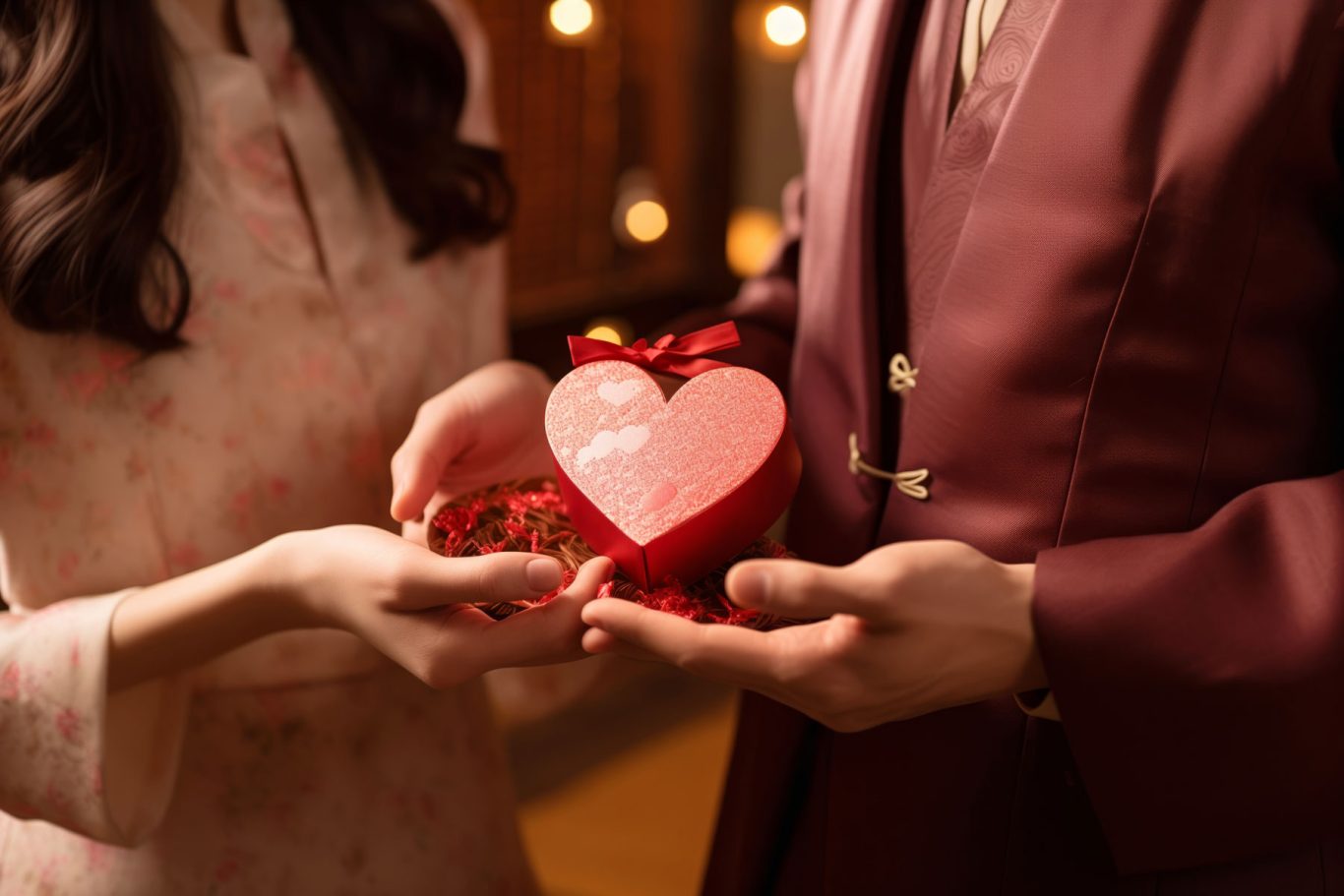
Ghana: National Chocolate Day
Ghana, one of the world’s largest cocoa producers, celebrates Valentine’s Day as National Chocolate Day. The government launched this initiative to promote tourism and local chocolate consumption. Couples exchange chocolate gifts, and festivals feature chocolate-themed events, making it a deliciously sweet way to celebrate love.
France: From Bonfires to Love Letters
France, the land of romance, once had a fiery Valentine’s tradition. Single men and women would call out to each other from facing windows, pairing up for the day. If a man wasn’t interested, he’d leave his match—prompting the jilted woman to burn his effigy in a bonfire! Thankfully, this dramatic custom has been replaced by poetic love letters and intimate gestures, keeping France’s reputation as one of the world’s most romantic destinations alive.
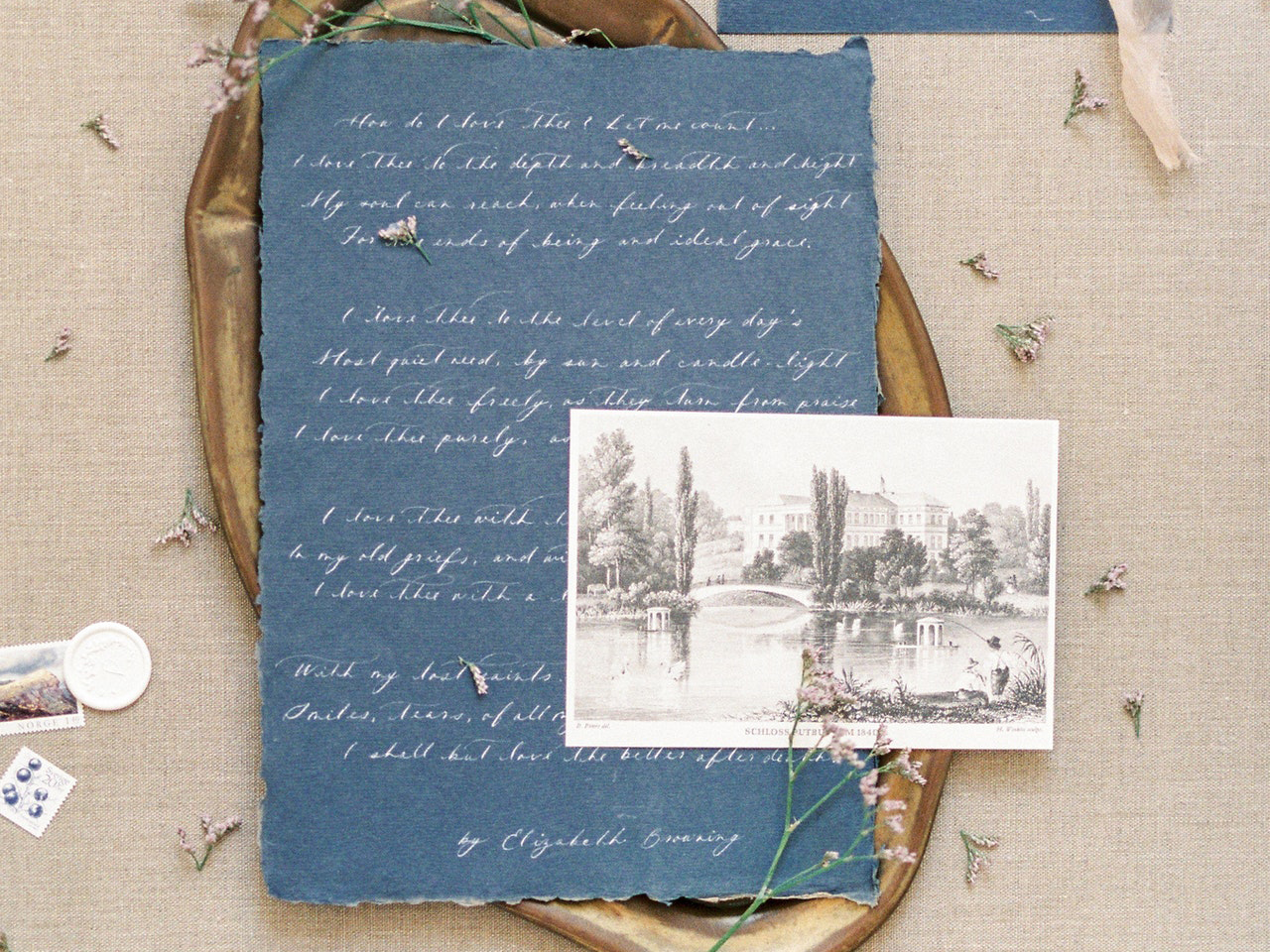
Estonia: Friends and Family First
In Estonia, Valentine’s Day is called Sõbrapäev, or “Friendship Day.” Instead of focusing solely on romantic love, Estonians celebrate all forms of love—friends, family, and partners alike. It’s a day to appreciate everyone who brings joy to your life, making it a uniquely inclusive take on the holiday.
Bulgaria: A Toast to Love
In Bulgaria, Valentine’s Day coincides with Winemaker’s Day, a celebration of wine and fertility. Couples toast to their love with local wines, and singles often pray to Saint Trifon Zarezan, the patron saint of vineyards, to find their perfect match. It’s a boozy, romantic twist on the holiday.
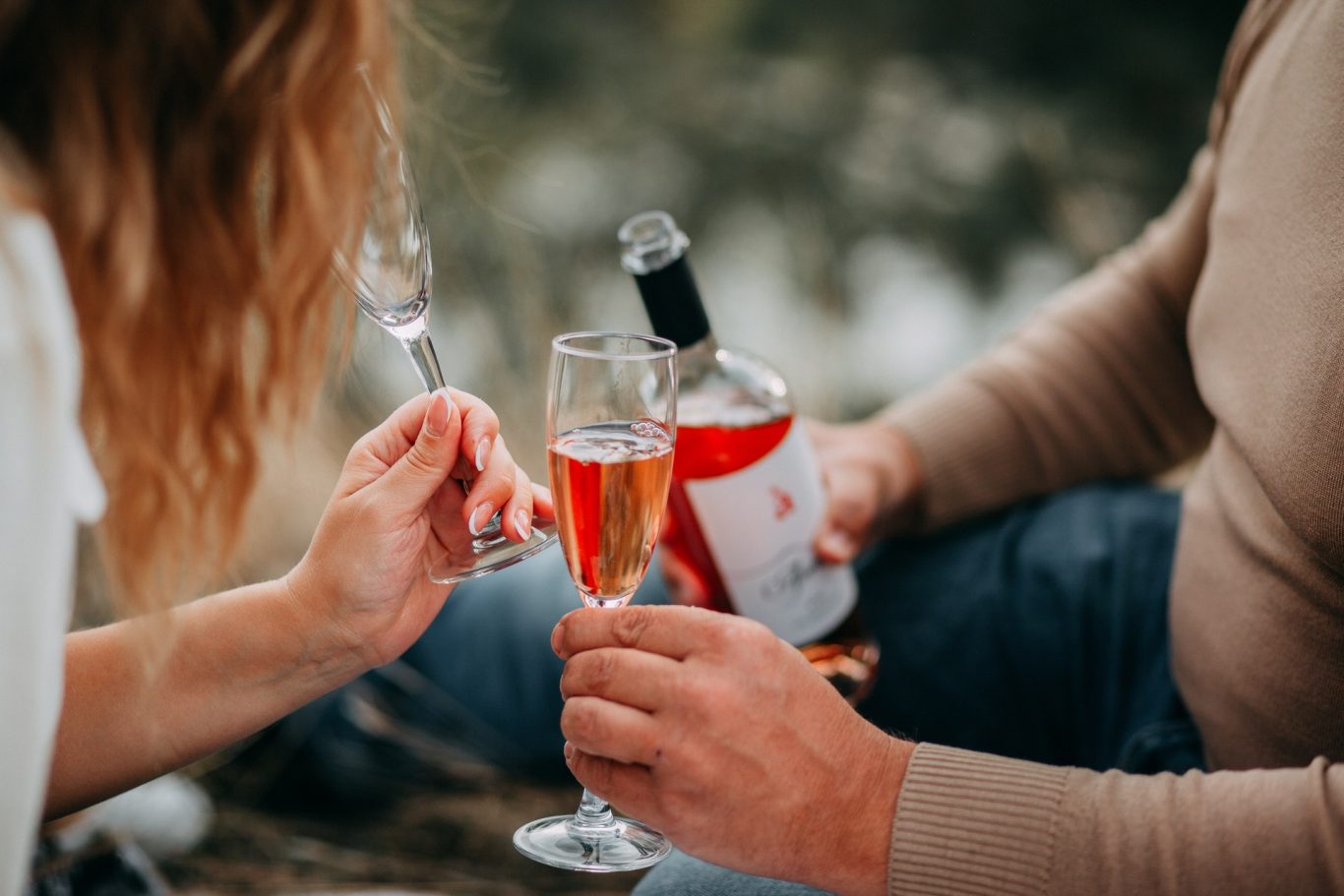
South Africa: Wear Your Heart on Your Sleeve
In South Africa, Valentine’s Day is a vibrant, public affair. Young women pin the names of their love interests on their sleeves, a tradition rooted in ancient Roman festivals. It’s a bold declaration of affection, and the practice adds a playful, communal vibe to the day.
Wales: Lovespoons and Legends
Wales celebrates love on January 25 with Dwynwen’s Day, honoring Saint Dwynwen, the Welsh patron saint of lovers. According to legend, Dwynwen’s unrequited love led to her praying for all true lovers to find happiness. Today, Welsh couples exchange intricately carved wooden lovespoons, each symbolizing affection and commitment. These spoons, often adorned with hearts and keys, are a timeless expression of love.
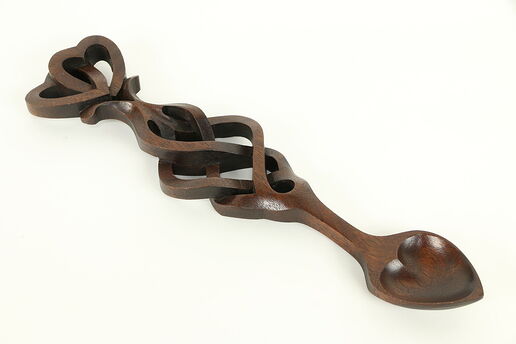
South Korea: A Love-Filled Calendar
South Korea takes Valentine’s Day to the next level with 12 Love Days spread throughout the year. On February 14, women give chocolates to men, similar to Japan. On March 14 (White Day), men reciprocate with gifts. But there’s a twist: April 14 is Black Day, when singles who didn’t receive gifts eat jajangmyeon (black bean noodles) to commiserate. Other months bring “Rose Day,” “Kiss Day,” and even “Wine Day,” making love a year-round celebration.
Scotland: A Festival of Fate
In Scotland, Valentine’s Day is a lively festival of chance. Single men and women write their names on slips of paper, which are drawn from hats to pair up “Valentines.” Women wear their match’s name on their sleeve (literally!), and gifts are exchanged in the form of love tokens or true-love knots. The night ends with dancing, making it a celebration of both love and community.
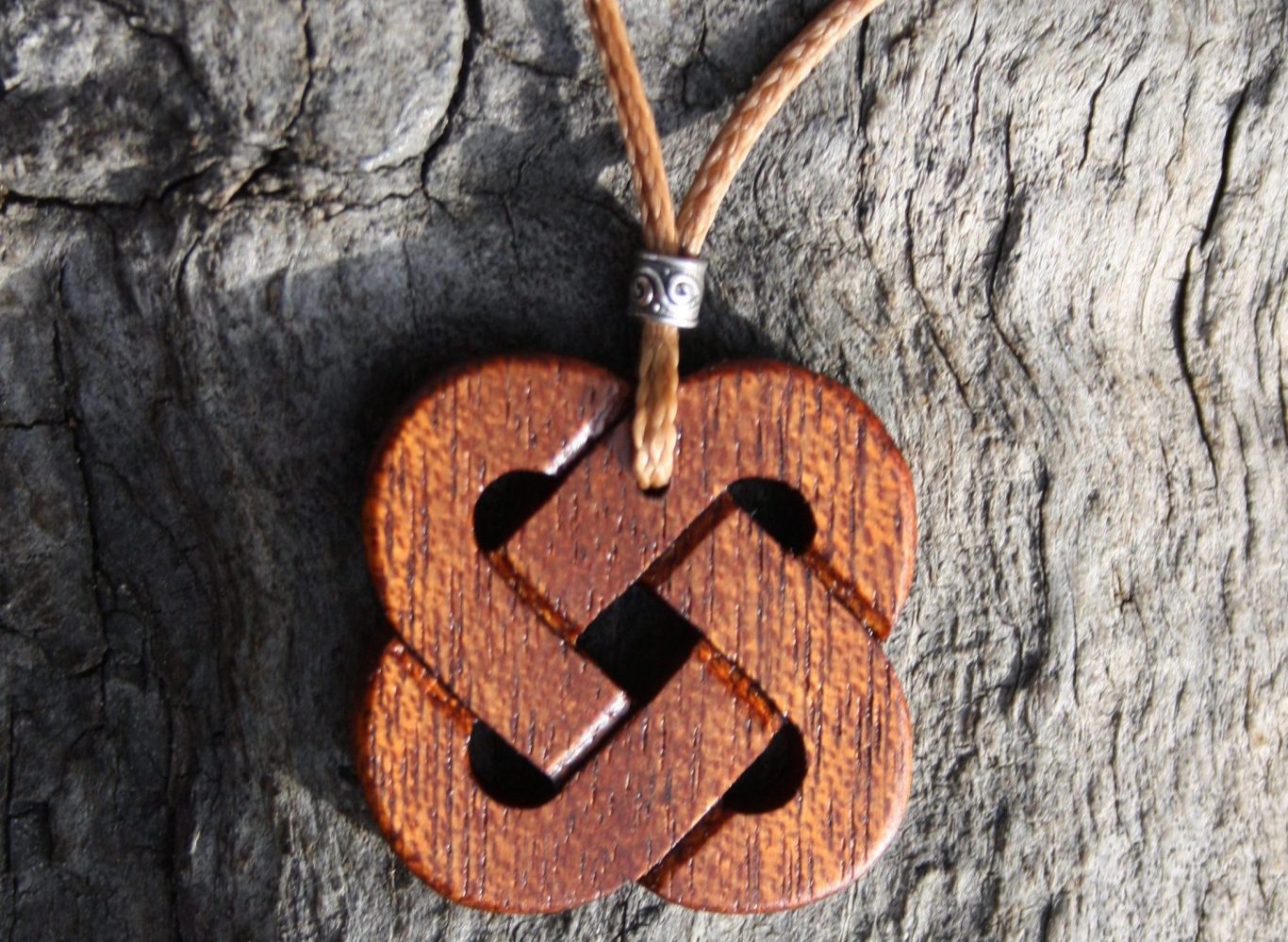
Philippines: Mass Weddings and Forever Love
The Philippines has turned Valentine’s Day into a day of lifelong commitment. Mass wedding ceremonies are held across the country, where hundreds of couples tie the knot simultaneously. These events, often sponsored by local governments, make Valentine’s Day a celebration of not just love, but marriage and family.
Germany: Pigs, Clovers, and Passion
Germans celebrate Valentine’s Day, or Valentinstag, with chocolates, flowers, and cards—but with a quirky twist. Pigs, symbols of luck and lust, often adorn gifts. You’ll find cards featuring pigs holding clovers or climbing ladders, all wrapped in heart-shaped designs. It’s a playful nod to love and good fortune that’s uniquely German.
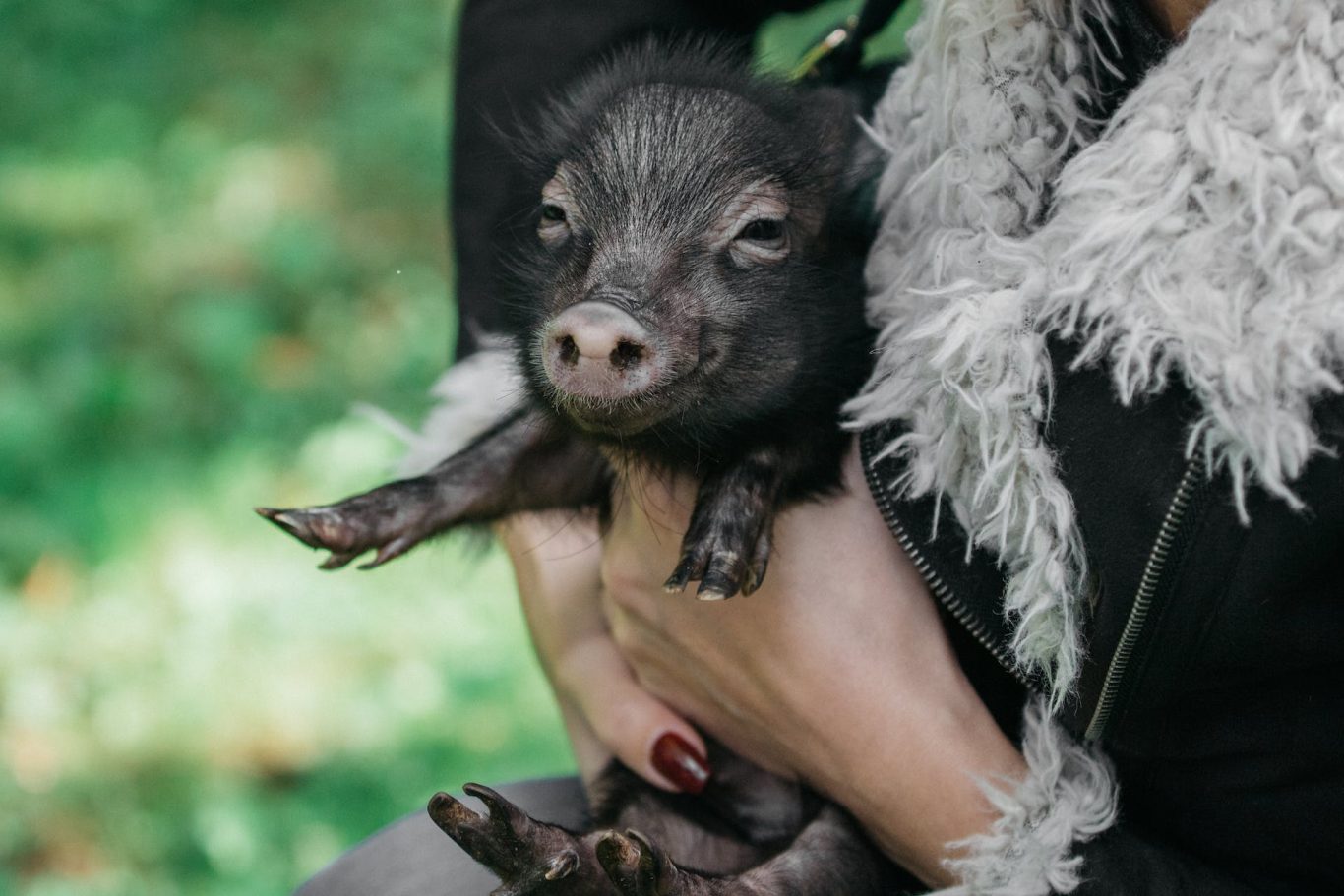
Niagara Falls: The Honeymoon Capital of the World
For over 200 years, Niagara Falls has been the ultimate destination for lovebirds. The tradition began in 1801 when Theodosia Burr, daughter of U.S. Vice President Aaron Burr, honeymooned here with her husband. By the mid-1800s, the completion of the Erie Canal and railroads made Niagara Falls accessible to all, cementing its status as the “Honeymoon Capital of the World.”
Today, couples still flock to the Falls to witness its breathtaking beauty—a natural wonder that perfectly mirrors the grandeur of love. Whether it’s a winter stroll by the misty waters or a summer sunset over the cascades, Niagara Falls remains a universal symbol of romance.
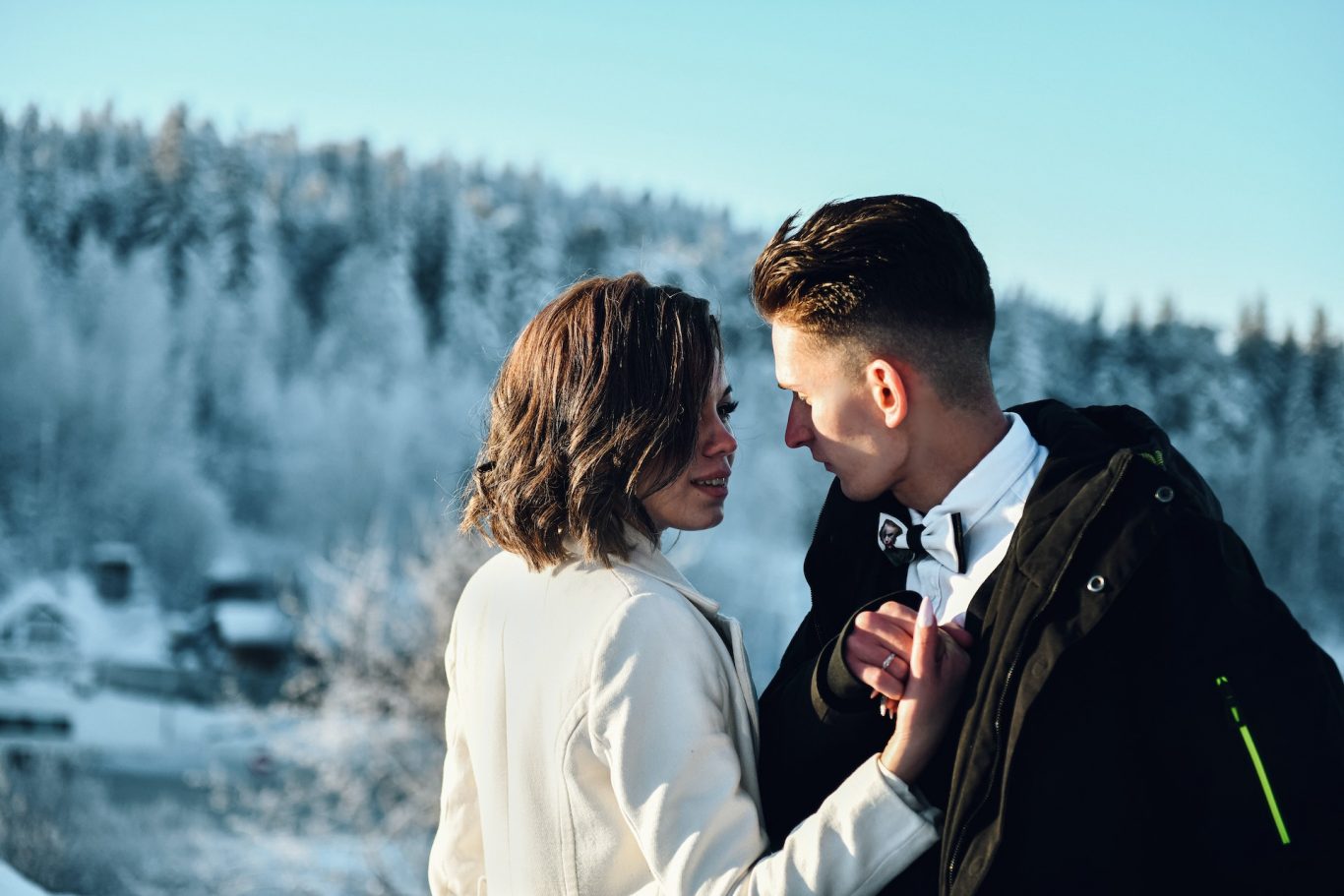
Celebrate Love, Global Style
From Japan’s chocolate rituals to Bulgaria’s wine toasts, Valentine’s Day traditions are as diverse as the cultures that celebrate them. And while love takes many forms, one thing remains constant: the timeless allure of Niagara Falls as a place where romance thrives.
So, whether you’re planning a grand gesture or a quiet moment, let these global traditions inspire your own celebration of love. After all, as the world shows, love is a language that knows no borders.
Plan your romantic getaway to Niagara Falls and experience the magic of the world’s most iconic honeymoon destination.
